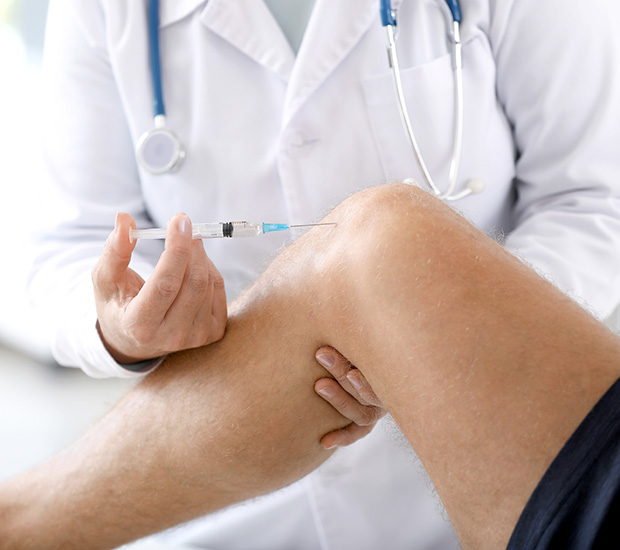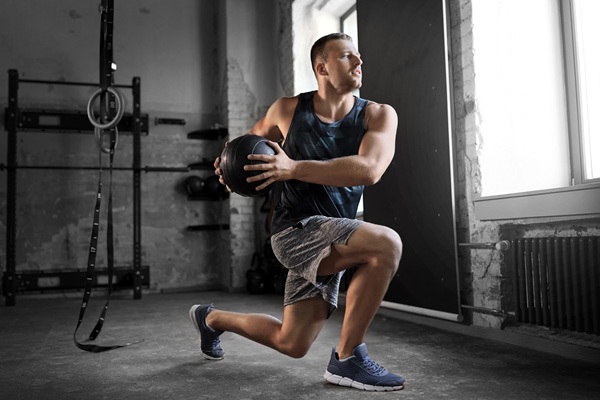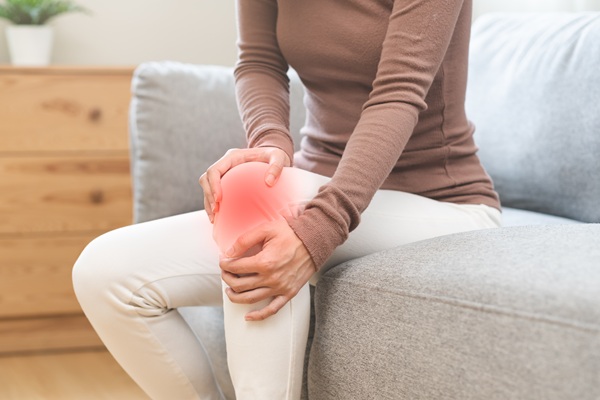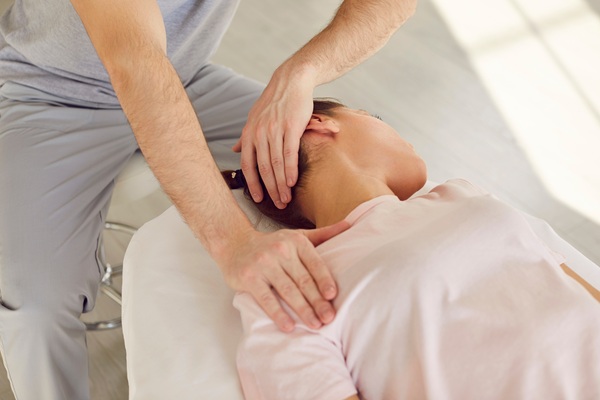ProlotherapyOoltewah, TN
If you are looking for a non-surgical option for joint or back pain relief, prolotherapy may be just what you need. This procedure utilizes injections to help the body heal itself. Prolotherapy can help many people return to their day-to-day activities.
Prolotherapy is available at Spine & Joint Regenerative Medicine in Ooltewah and the surrounding area. Choose a less invasive alternative to pain relief. Call us today at 423-424-1529 to schedule an appointment or learn more about our services.
Understanding Prolotherapy
Prolotherapy, also known as regenerative injection therapy or proliferation therapy, is an alternative, non-surgical procedure in which the doctor injects a natural irritant into the soft tissue of an injured joint. Although there are several different types of prolotherapy, all aim to help the body heal itself.
Prolotherapy is a concept that has been around for thousands of years. Dextrose or saline prolotherapy involves the injection of a sugar or salt solution into a joint or other parts of the body, respectively. They can treat conditions such as:
- Arthritis of the knees, hips, and fingers
- Degenerative disc disease, also known as osteoarthritis
- Fibromyalgia
- Lax or unstable joints
- Sprains and strains
- Tendon, muscle, and ligament problems
How Prolotherapy Works
Proponents of prolotherapy believe that the natural irritant involved in the procedure trigger the body's healing response. Once the healing response has been activated, the body will begin strengthening and repairing the joint's damaged ligaments. As the ligaments grow stronger, the joints will begin to stabilize — causing the pain to disappear, reducing any stiffness, and improving the function, mobility, and strength of the joint.
Patients usually require several prolotherapy shots at the site of the affected area for the treatment to be effective. Anywhere from four to 15 shots per session may be necessary, and patients may need to undergo several sessions over three to six months. Platelet-rich plasma (PRP) treatment is a form of prolotherapy particularly popular among patients with osteoarthritis.
What to Expect from Prolotherapy
The first step to beginning prolotherapy is the initial consultation. During this time, the practitioner will work out whether a patient is a good candidate for the therapy. Those with chronic conditions, for example, may be better suited for other alternatives. Our team will also likely examine X-rays or other imaging results during the initial assessment, which will allow us to determine how helpful prolotherapy will be for the patient.
Patients should stop taking anti-inflammatory medications within two to three days before the procedure; otherwise, prolotherapy may not be effective. It is also crucial for patients to eat well on the day of the procedure — ideally, protein-rich foods. Before the treatment begins, our team will carefully sterilize the patient's skin before the practitioner uses a long, thin needle to deliver the irritant solution where necessary. The number of injections used varies depending on the area or joint affected.
Risks of Prolotherapy
According to Healthline, prolotherapy is a general procedure, provided that it is carried out by an experienced practitioner. Still, there are some risks associated with injecting substances into a joint. These risks include:
- Allergic reactions
- Bleeding
- Bruising and swelling
- Infection
- Pain and stiffness
Since prolotherapy is still a burgeoning field of research, there may be other possible risks and side effects that experts are not yet aware of. In the past, injections with zinc sulfate and concentrated solutions have caused adverse reactions; however, neither are commonly used today.
Candidates for Prolotherapy
As of yet, there are no official treatment guidelines or protocol for prolotherapy. However, it is most common among patients with back pain caused by chronic tendon and ligament strains and sprains. Prolotherapy is sometimes used as the first treatment for spine and back pain. However, patients should note that an estimated 90% of people with acute back pain improve with standard non-invasive treatments within six to eight weeks without requiring additional treatment.
Ideal candidates for prolotherapy are typically persons who have joint or back pain and…
- Experience joint pain that worsens after exercise and gets better with rest
- Have had surgery with no back relief
- Have instability or weakness lasting over six weeks
- Have joint, ligament, or tendon pain
- Receive only temporary relief from physical or manual therapy
- Take medication for joint, ligament, or tendon problems, on physician’s orders
Patients may not be good candidates for prolotherapy if they do not have a clear diagnosis of the location of the injury.
Call Us Today
Prolotherapy can help repair body tissues and relieve back and joint pain. We at Spine & Joint Regenerative Medicine can help. Call us today at 423-424-1529 to schedule an appointment or learn more about our services.
Frequently Asked Questions
How effective is prolotherapy?
The existing research shows that prolotherapy is highly successful in relieving pain. Still, the participant groups are usually small in number, and more research is needed in the field. Additionally, as with any other procedure, individual results may vary.
Is prolotherapy covered by my health insurance?
The answer depends on your insurance carrier and plan. However, many insurance companies will not cover prolotherapy, meaning costs will have to come out of the patient's pocket. Talk directly with your provider to get a better idea of what to expect.
Does prolotherapy hurt?
Since prolotherapy involves injections, there may be some pain and discomfort involved. Some tenderness and bruising may also follow after the procedure. We will do everything we can to minimize your discomfort.
Can I still receive prolotherapy if I am taking medications?
It depends on the type of medications you are taking. Typically, you will need to discontinue any non-steroidal anti-inflammatory drugs (NSAIDs) or narcotic painkillers. However, non-pain-related medications are generally fine to keep taking while receiving prolotherapy. Our team will do a careful overview of your current medication schedule to best customize your treatment.
How long after prolotherapy can I exercise again?
Most patients can return to their activities of day-to-day living soon after prolotherapy. Additionally, it is ideal to get you back to your normal routine as soon as possible while we work on your healing. For your safety, however, you should avoid heavy workouts for the first few days after prolotherapy.
Check out what others are saying about our Prolotherapy services on Yelp: Prolotherapy Ooltewah
Contact Us
Spine & Joint Regenerative Medicine is located at 6711 Mountain View Road #115 B Ooltewah, TN 37363.





